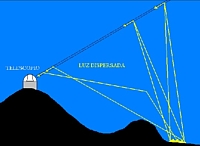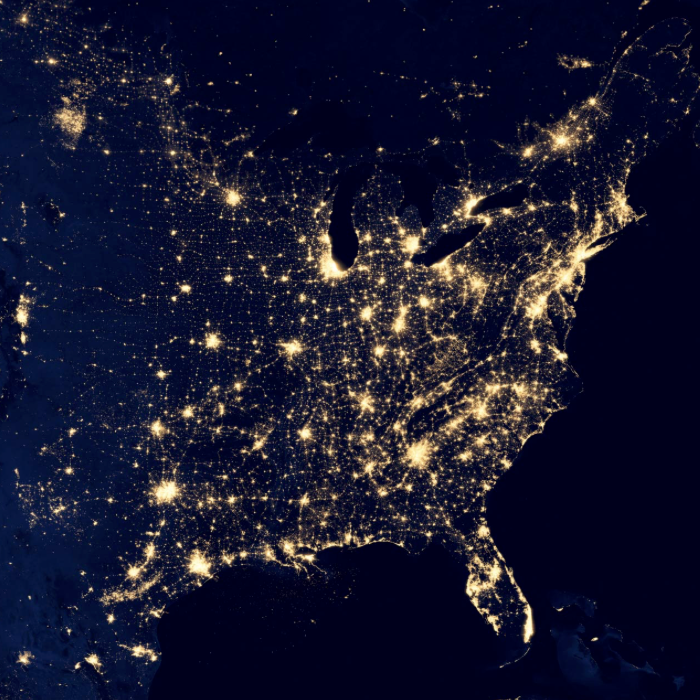Light pollution in Chile
![]() In Chile, like many other countries in the world, the problem of pollution is not foreign. Especially in the north, where the large observatories are located, and throughout the entire territory where astronomical activity takes place, some sectors are simply poorly lit and considerably reduce night vision. However, in recent years awareness of the problem has been raised and at the same time a series of initiatives have been promoted to protect the country's skies. To better understand the problem, a series of negative consequences of light pollution are detailed below:
In Chile, like many other countries in the world, the problem of pollution is not foreign. Especially in the north, where the large observatories are located, and throughout the entire territory where astronomical activity takes place, some sectors are simply poorly lit and considerably reduce night vision. However, in recent years awareness of the problem has been raised and at the same time a series of initiatives have been promoted to protect the country's skies. To better understand the problem, a series of negative consequences of light pollution are detailed below:
-
 Increase in electricity bills municipal, due to wasted energy and poorly arranged luminaires, entailing a relevant annual cost.
Increase in electricity bills municipal, due to wasted energy and poorly arranged luminaires, entailing a relevant annual cost. -
Road and citizen insecurity, as there is inefficient lighting that produces glare and lack of visibility that causes accidents, as well as crime due to the existence of shadow pools in poorly lit places.
-
Effects on the ecosystem, harming the lives of some birds in their circadian rhythms and migratory activities.
-
Effects on humans, also affecting circadian rhythms as well as sleep disturbances such as insomnia, due to inadequate lighting.
-
Finally, the most important consequence for astronomy is the loss of vision of the sky nocturnal activity and the threat it represents to professional and amateur practice.
Solutions against light pollution
In March 1999, the OPCC (Northern Chile Sky Quality Protection Office), which is officially in charge of safeguarding our heritage of clear skies, promoting correct and efficient urban lighting that does not limit astronomical observation. Some of the main tasks of OPCC, as well as other organizations in Chile concerned about light pollution, consist of replacing polluting luminaires, either due to their poor arrangement or emission at wavelengths that are totally harmful to observation.


